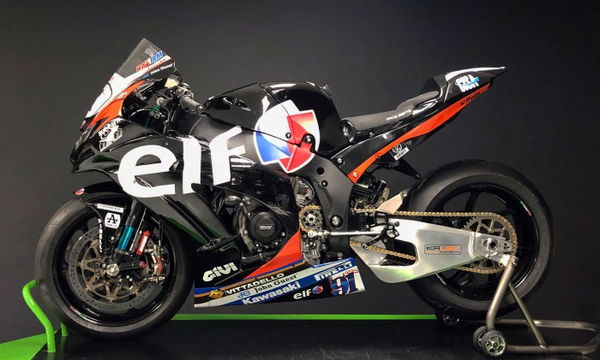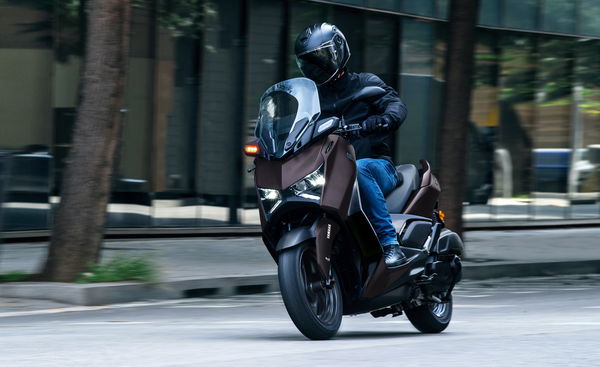Top 10 timeless Moto Guzzi motorcycles – and their values
With Moto Guzzi celebrating its 100th anniversary this year, we thought we'd take a trip down memory lane and look at some all-time classic bikes from the Italian manufacturer
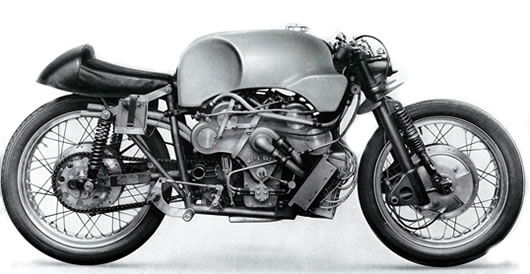
WITH 2021 marking the 100th anniversary of Italian legends Moto Guzzi it’s fair to assume there’s going to be a raft of Guzzi news, bike and celebrations this year. And with the Italian marque being responsible for some of the most famous bikes in history it’s deserving of the plaudits.
Moto Guzzi V85 TT Review 2019
But which bikes were those, exactly? What’s special about them and which more recent examples should we be looking out for today? To help you decided here’s our pick of the Top 10 classic Guzzis and what they’re worth – in chronological order…
1921-24 Normale, £50K
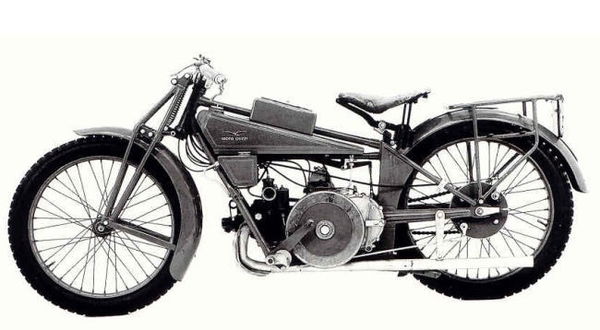
That first bike is always special and after WW1 Italian air force friends (hence the winged logo) Carlo Guzzi and Giorgio Parodi formed Moto Guzzi in Mandello del Lario on the banks of Lake Como in 1921 its first bike was the Normale. Few realize, however, that, although modern Guzzi is inextricably linked with the transverse V-twin engine layout, it wasn’t always so – in fact that didn’t begin until the late 1960s. Instead, the Normale was a horizontally mounted 500cc single that proved immediately popular on both road and track. A good Normale today would be expected to sell for up to £50,000.
1955-57 ‘Otto’ V8 racer, priceless
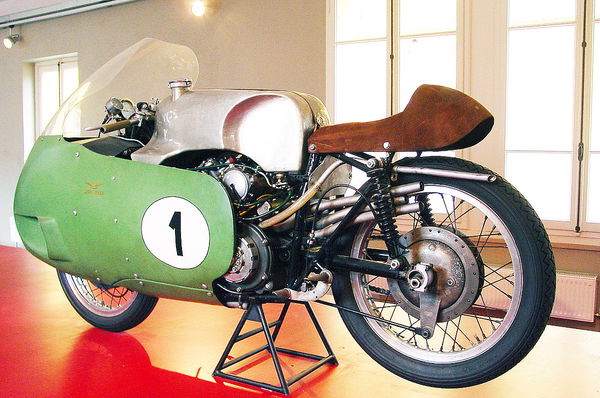
One of the most famous and outrageous bikes of all time. Born during the height of competition between the Italian manufacturers in 500 GP racing in the mid-1950s, when both Gilera and MV Agusta had transverse fours, the ‘Otto’ (or ‘Eight’) was conceived to take things to a whole new level. And, with 78bhp and 170mph+ potential, it did just that. Unfortunately it was also unreliable, unwieldy, wildly expensive and too fast for the tyre, brake and suspension technology of the day, so much so that when all the Italian marques bar MV pulled out of racing in 1957, Guzzi followed suit. Just two examples remain, both at Guzzi’s own museum in Mandello. We expect one to be wheeled out and started up before the end of the year!
1971-74 V7 Sport, £20-25,000
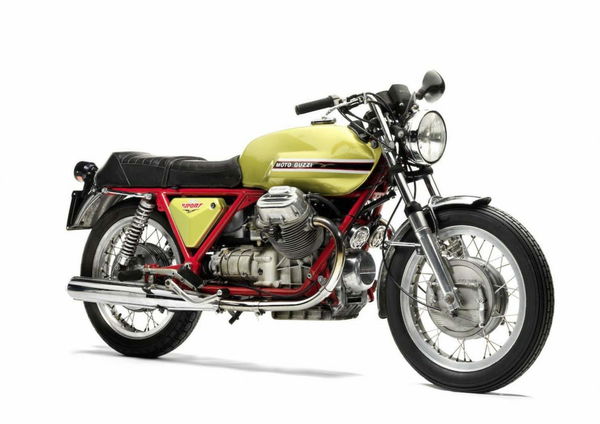
Credited as the ‘father’ of the later Le Mans, the V7 Sport was Guzzi’s first successful, sporting transverse twin. It was spawned from the 1967 703cc V7 roadster which proved such a success that bike led to the 1968 757cc V7 Special. But the 1971 748cc V7 Sport was the best of the bunch with a lighter, sportier chassis, bigger brakes, Guzzi’s first five-speed gearbox and striking lime green and red paintwork. The Sport then led to the 750S and 750S3 both leading to the legendary, enlarged 850 Le Mans Mk 1 of 1976. While the original V7 inspired the revived, Triumph Bonneville rivaling, retro roadster V7 Classic in 2008 (hence its white/black livery) and the Sport the subsequent V7 Café Classic (in lime green).
1971-2020 California, £4-6,500
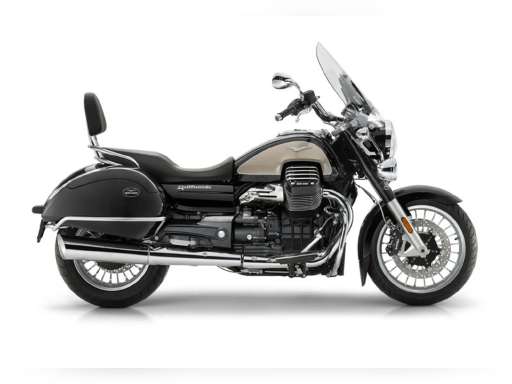
The touring, V-twin California has been one of Guzzi’s most successful models and had been in almost constant production since its creation in 1971 until the demise of the latest, 1400cc version last year. After the launch of the original V7, Guzzi realized US sales were crucial and a US sales drive resulted in bikes being sold at preferential rates to the Los Angeles Police Department. This led to an order for police-spec bikes with plexi-glass screen, footboards and black and white livery, not just from LAPD but Texas, Georgia and the California Highway Patrol (CHiPs) as well, in turn leading to the production of a public model as well, called, perhaps inevitably, the California. Incidentally, those early police-spec V7s are the bikes famously ridden by David Soul and others in Clint Eastwood’s 1973 Dirty Harry sequel, Magnum Force.
1976 Le Mans 850 Mk1, £12-15,000

The most famous Guzzi of all was originally not much more than a ‘suped-up’ V7 Sport, although the changes made – a displacement boost to 844cc, new twin iron disc brakes in place of the V7’s drums and striking Seventies’ angular styling including a neat biking fairing really helped make it stand out and immediately propel it to the top of the European sports bike pile along with bikes like Laverda’s Jota 1000 and Ducati’s 900 SuperSport. And although subsequent models lacked the same appeal (the 1978 Mk II had a bigger fairing, 1981 MkIII a different fairing again, the 1984, 1000cc MkIV was swoopier still and the 1989 MkV by then seemed very dated) and Guzzi has baffling barely used the name since, the Le Mans remains the most revered of all Guzzis. Especially in Mk I form.
1980-92 Monza 500/Targa 750, £4-6,500
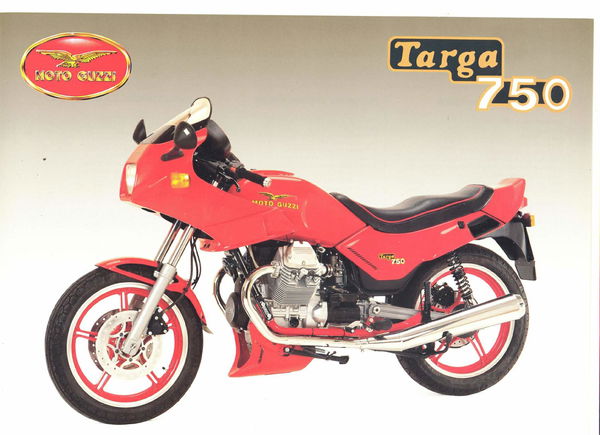
Following the success of the California and Le Mans but with the company still losing money, in the mid-1970s Guzzi’s then owners, DeTomaso, decided to offer a more affordable, mass-market, mid-capacity ‘small-block’ V-twin. The first results were the roadster V50 followed by the ‘junior Le Mans’, the V50 Monza and Italian market V35 Imola plus the ‘junior California’, the similarly-powered Nevada. Although admired in Europe, they weren’t as successful as hoped but the Monza in particular gained a significant following praised for its handling. In 1991 this was supplemented by the enlarged 744cc V75 Targa which was better still but was blighted by the later Le Mans styling and short-lived.
1990-94 1000S, £7,500-11,000

A bike that was both out of its time and before it… we’ll explain. Launched in 1990 the 1000S was actually one of the very first retros – it was basically the then MkV 1000cc Le Mans but with 1970s styling inspired by the 1974 750S and 1975 750S3, the direct precursors to the original Le Mans. But although, with modern eyes, it looked brilliant, the 1000S wasn’t a success, being viewed then as an old-fashioned Guzzi with old-fashioned styling – and nothing more. Today, we’re sure, they’d be snapped up – even more so if it had been styled like the original Le Mans – and good used examples are in demand. Instead it took Guzzi almost 20 more years to begin to trade successfully with a range of retro bikes based on its heritage machines… the V7s.
1999-2004 V11 series, £5-9,500

Another Guzzi that was almost brilliant – but ultimately failed. The stylish V11 has come to symbolize Aprilia’s brief, troubled tenure of the historic Guzzi marque and should have had a lot going for it. The first incarnation, the V11 Sport in 1999, had been conceived, again, as a modern but retro homage to the old 1971 V7 Sport and was developed under Guzzi’s previous owners. The result, with attractive café racer styling and 91bhp/1064cc twin complete with Brembo brakes and Marzocchi suspension, was a characterful if heavy ride blighted by slightly crude quality. Aprilia’s takeover in 2000 then led to a raft of updates, particularly in quality, and a huge variety of variants ranging from 2000’s Sport Rosso Mandello and Ohlins and bikini faired Scura to 2001’s half-faired Le Mans and exquisite, suede-seated Le Mans Tenni. At the time, though stylish, quality and bursting with character they failed to sell, but quickly proved used bargains. Now prices are on the rise for what can be one of the best ‘old school’ Guzzis of all.
2004-06 MGS-01, £30K+
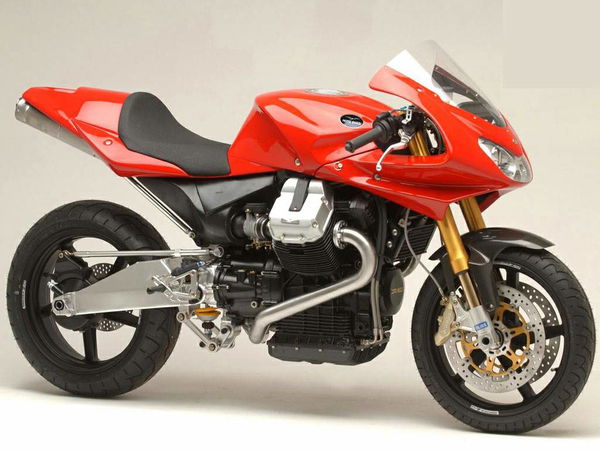
Such an oddball we’re still baffled as to why Guzzi built this in the first place. A limited edition, ultra-exclusive track-inspired machine modeled on Battle of the Twins racers, the Ghezzi & Brian developed MGS-01 remains about as exotic as Guzzis get by way of its 121bhp, Cosworth-bedecked engine, top spec Brembo stoppers, Ohlins suspension and carbon fibre bodywork. But it’s also about as exclusive, niche and irrelevant as all that suggests, too. Around 150 were built in total, priced around £20,000, before new owners Piaggio shut the project down. But the MGS-01 was still brilliant while it lasted.
2013-2020 California 1400, £7,500-11,500

After some of the simply appalling Californias offered in the 1990s and Noughties, the arrival of an all-new, thoroughly re-engineered version in 2013 was big news – it didn’t disappoint, either. Designed by Miguel-Angel Galluzzi (he of Ducati Monster fame) at his California-based (handy, that) Piaggio Design Centre, it boasted a virtually all-new, 1400cc-twin, lots of quality, detailing and comfort and even electronics including three riding modes. With better handling and more exclusivity than a comparable Harley, it remains a tempting US-style cruiser – it’s just a shame, then, it’s no longer on sale.
